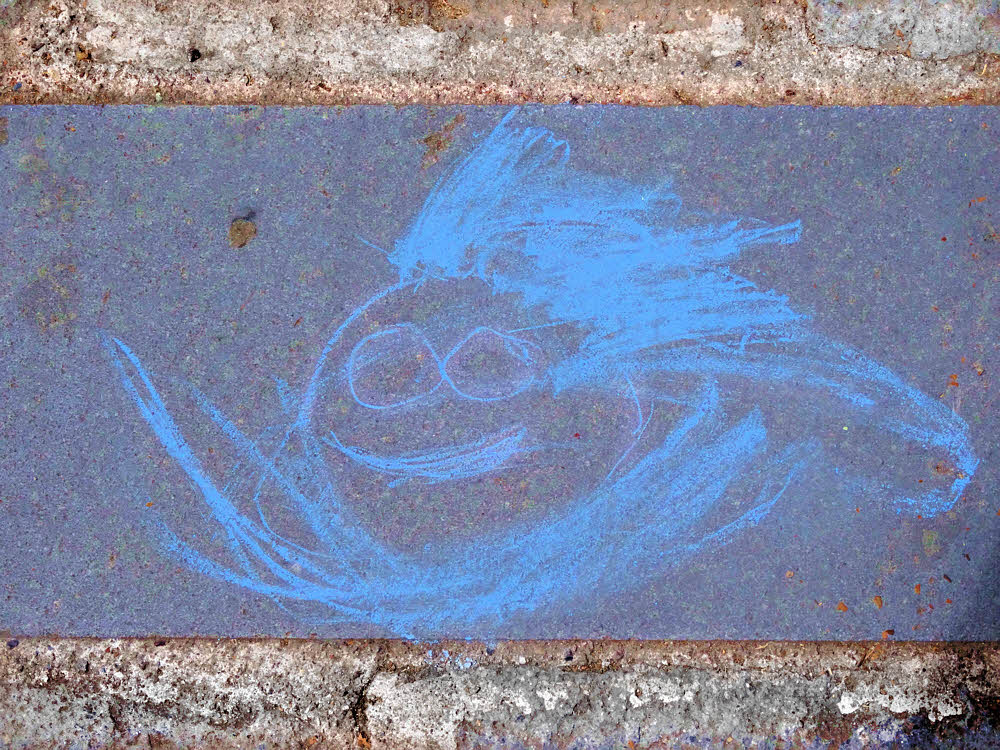
(1) Water is a well-known but clear, odorless, tasteless liquid said to be necessary for life (such as all the animals and plants you are familiar with, plus a few creepy things you don't want to hear about).
Water is also known as a chemical substance composed of hydrogen and oxygen and vital for all known forms of life, which we just said. (Were you paying attention there?)
Anyhow, water is a chemical compound, officially, and its formula is H2O. Meaning that it has two atoms of hydrogen and one of oxygen. That sounds significant and definitive. However no one really knows what atoms are. No, not really.
It is possible, with the right equipment, to capture various kinds of images of atoms, mostly the big, slow, dumb atoms that can't get out of the way or hide in the bushes when they hear researchers coming, so who knows about the other ones, the smaller, more nimble, and possibly cleverer ones like hydrogen, and even oxygen? Eh?
That's a puzzle, right?
Water occurs at room temperature as a clear, colorless, odorless, tasteless liquid. (I know — we keep repeating that too.) It solidifies at 0 degrees Celsius and boils above 100 degrees Celsius (or 32° and 212° Fahrenheit). Beyond that, no one really has a lot of info about it, except that water is commonly and widely used as a solvent. So is paint thinner, but how often do you make coffee with paint thinner? Not really much help, was that?
Water also frequently shows up for work as snow, as ice in glaciers, ice packs, and icebergs, as droplets in clouds, in fog, and in dew, in subsurface aquifers, and as atmospheric humidity. Talk about being shifty and hard to pin down — water is all over the damn place, in almost everything, and goes under a wide variety of disguises and aliases.
So is there more to this story than all those smart people are letting on? Maybe, maybe. Pretty sure about it in fact.
So until we find out more, it might be best not to trust water too much. At least keep your eyeballs peeled for anything suspicious. Drink sparingly. Wash only if you have to. Spend more time talking to the cat. Cats and water, you know — there's something going on there and it might pay to clue yourself about it. We'll get back to you as soon as we have additional info.
(2) Water — a perennial favorite, for some reason. It can be rub-a-dub-dubbed or glugged from a jug, but look out.
Water in the back country may have very, very small critters living in it, so small that they are visible only to scientists with advanced degrees. Sometimes these critters (water cooties) make a hiker sick. To avoid this, hikers often boil their drinking water or carry chemicals or filters to purify it. Killing water cooties makes their friends and relatives even angrier and even more eager to bite, so this may be, ultimately, a self-defeating exercise, the way that everything turns out to be.
Water is essential for hikers because they like to drink lots of it, lacking anything else to do besides walking, and that gets old.
Most hiker foods, too, are inedible in their natural state because of a process known as "dehydrating", which removes water, or the other way around if you prefer, removing the food and leaving the water at home. Doing either one works, but can get a person into trouble by inducing said inedibility. So that's why hikers also carry water — so they can add it back into their food, thereby rehydrating it.
Sounds tedious, doesn't it? But anything to help pass the time.
Anyhow, that's where water and food get you.
(3) Dihydrogen monoxide (DHMO.), a colorless and odorless chemical compound, also referred to by some as dihydrogen oxide, hydrogen hydroxide, hydronium hydroxide, or simply hydric acid.